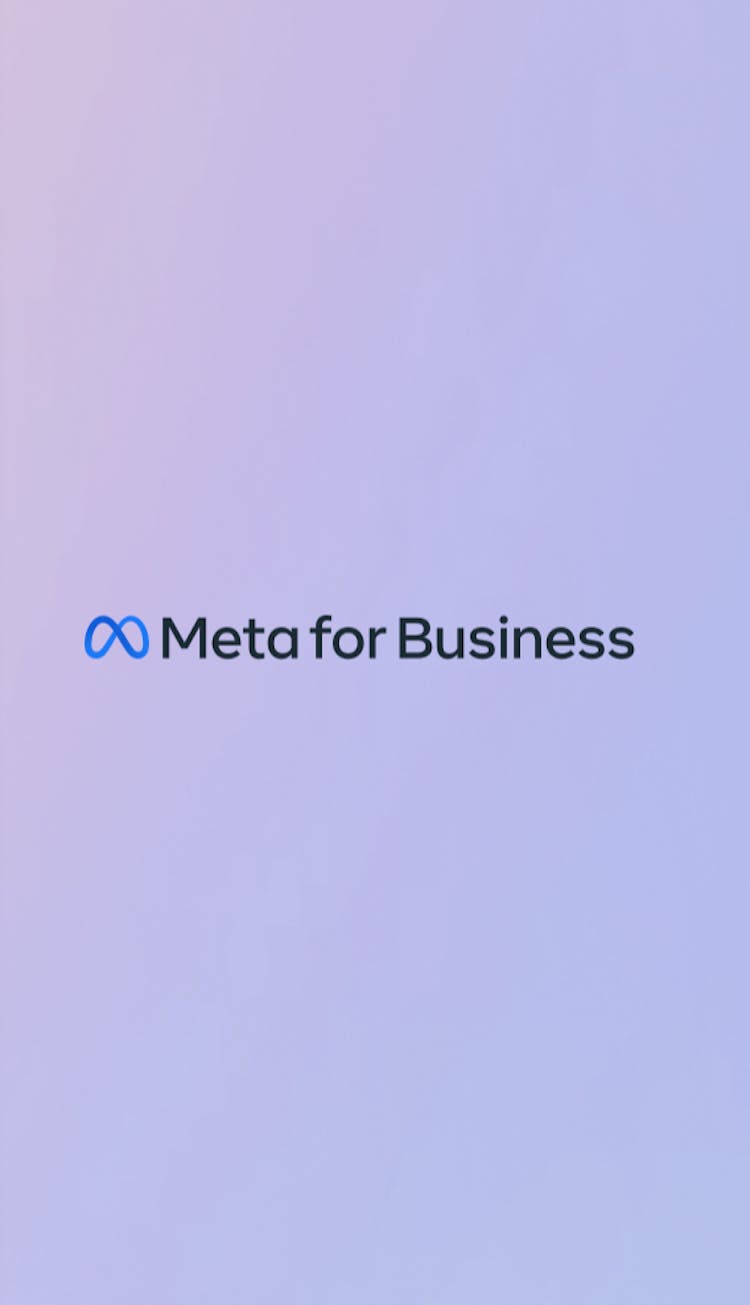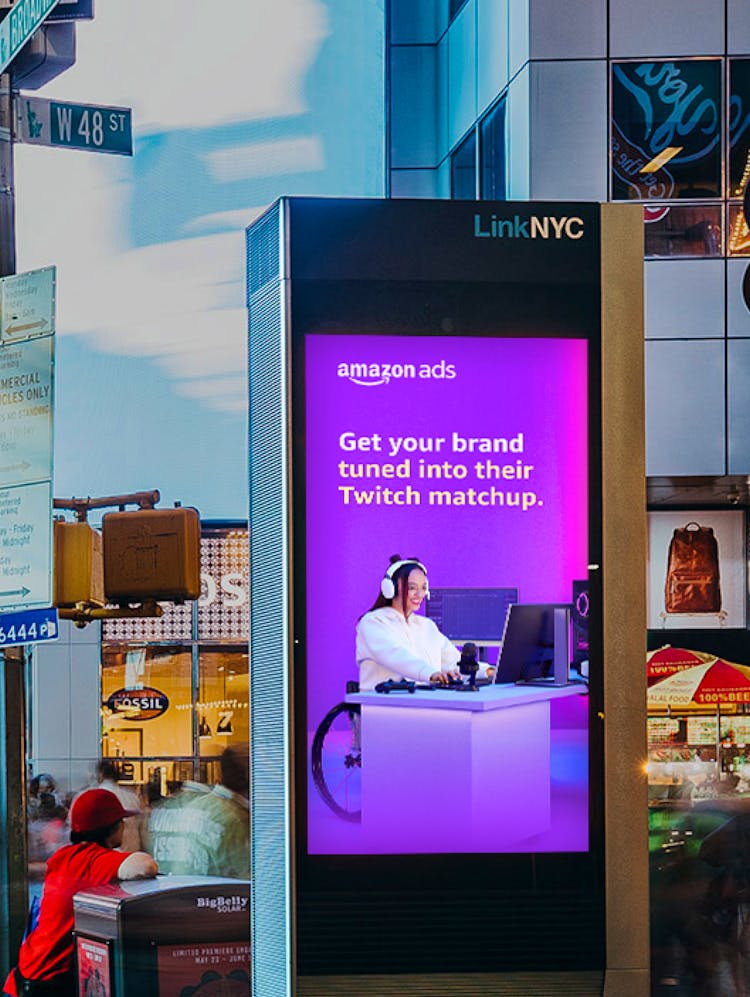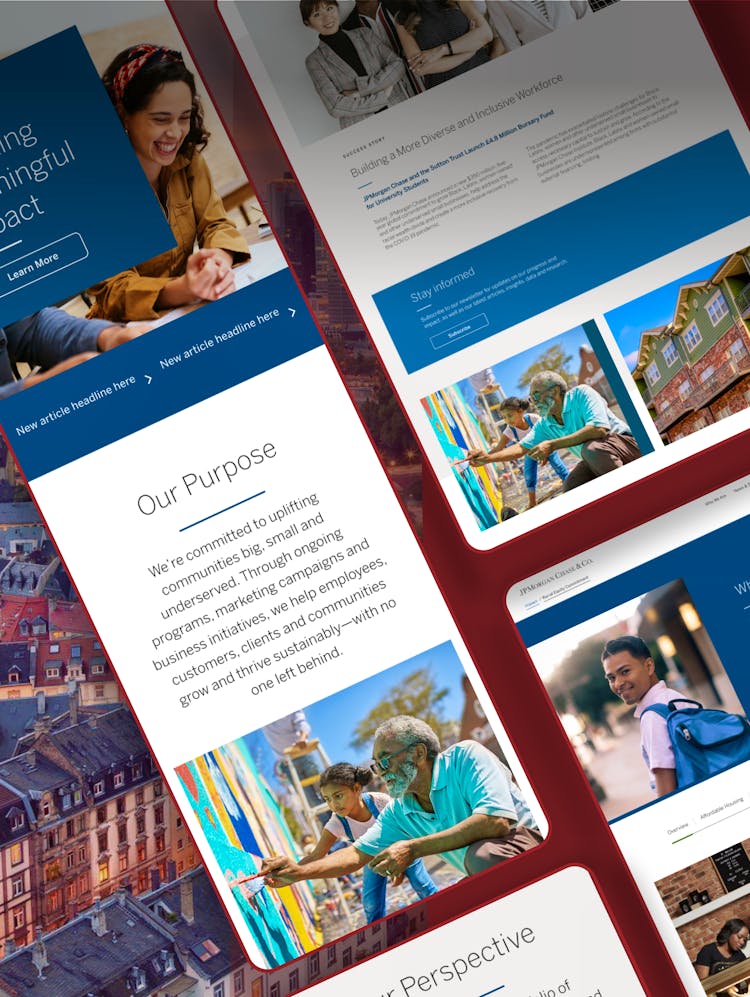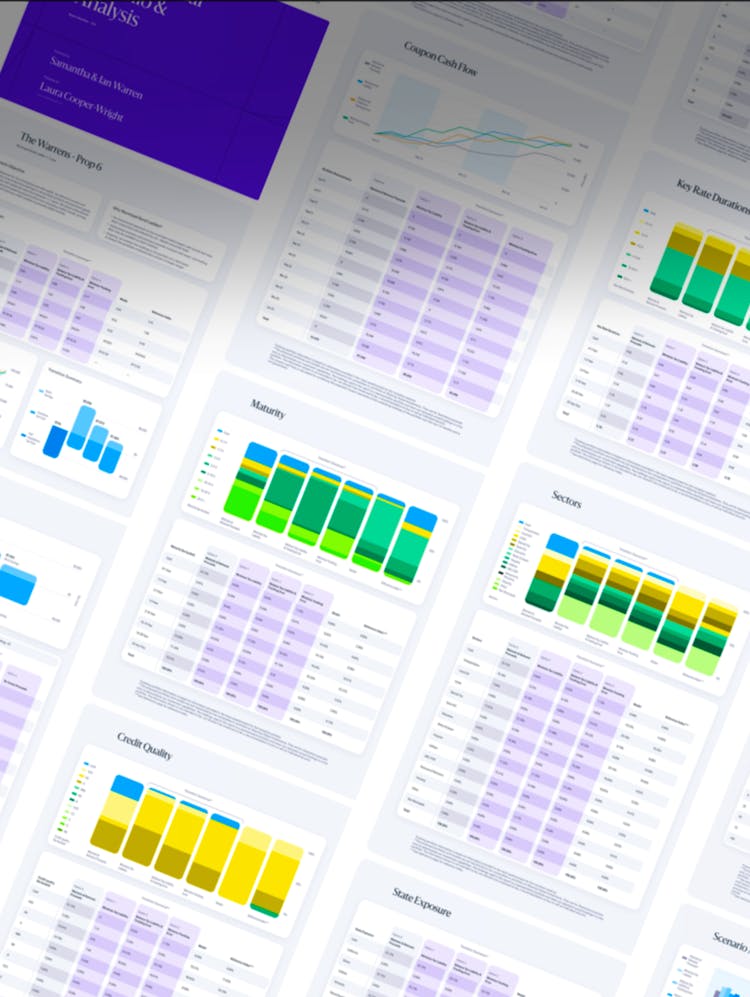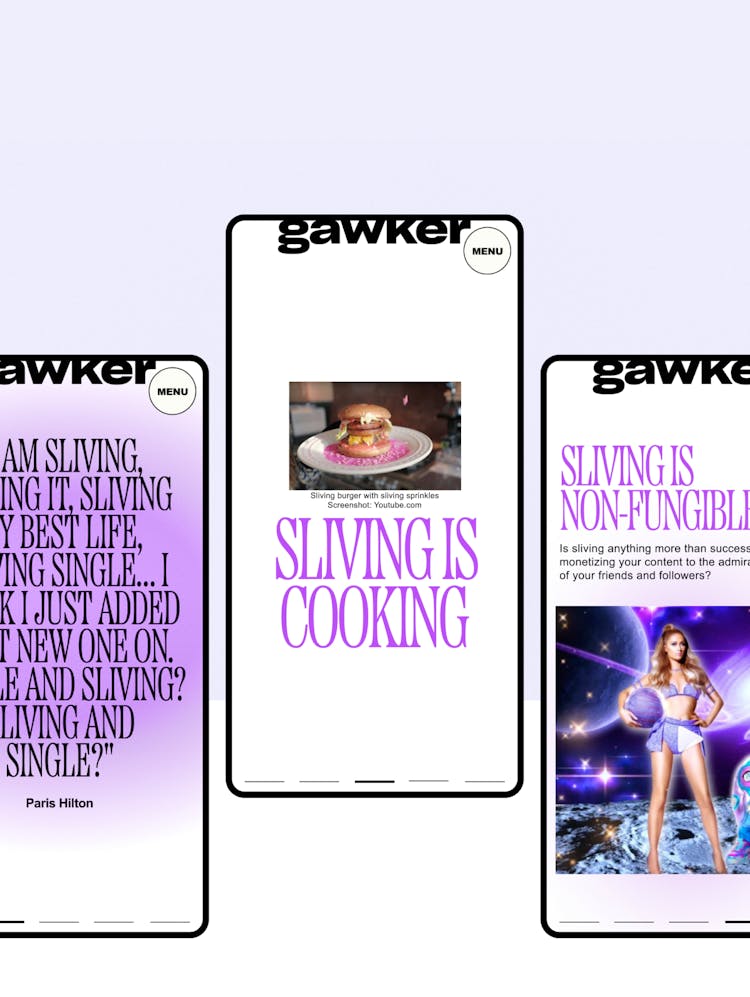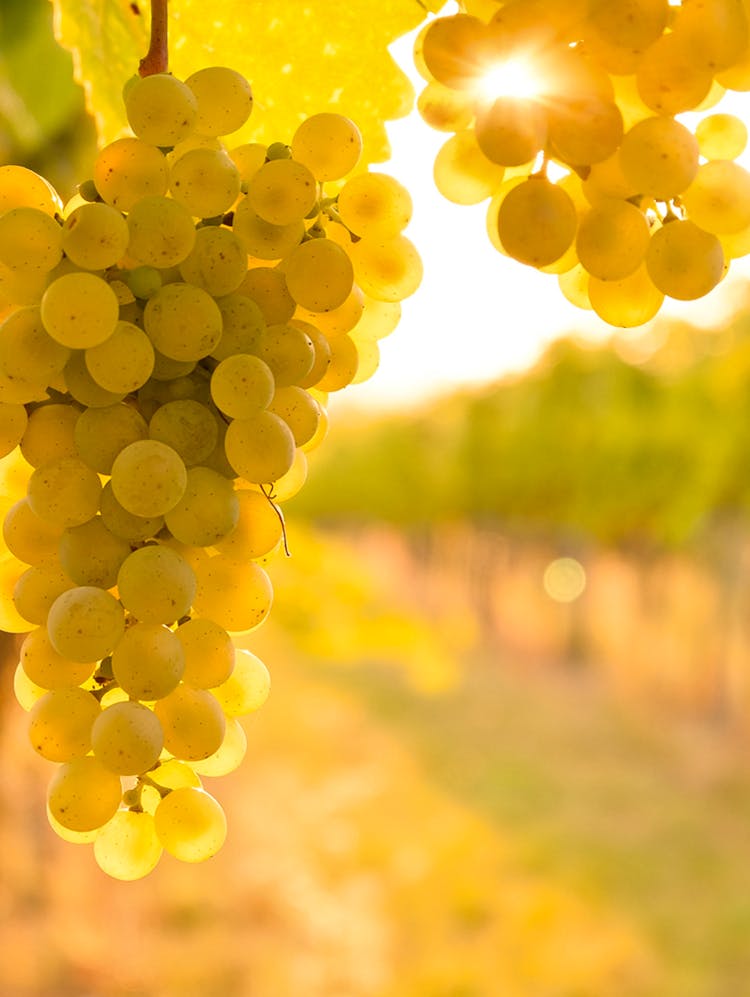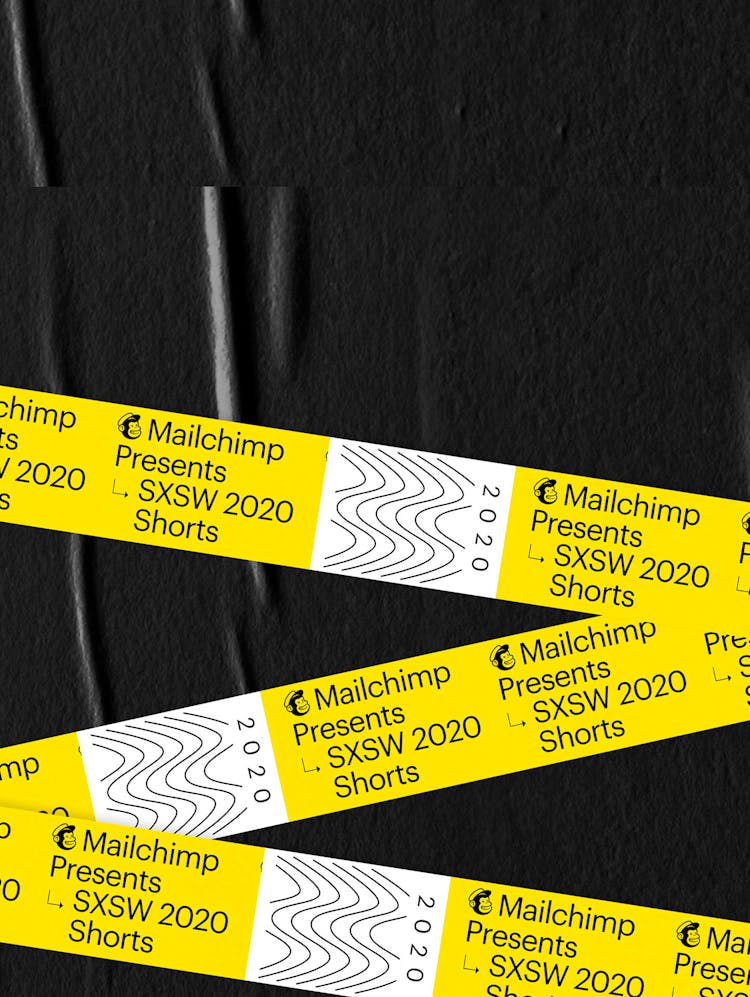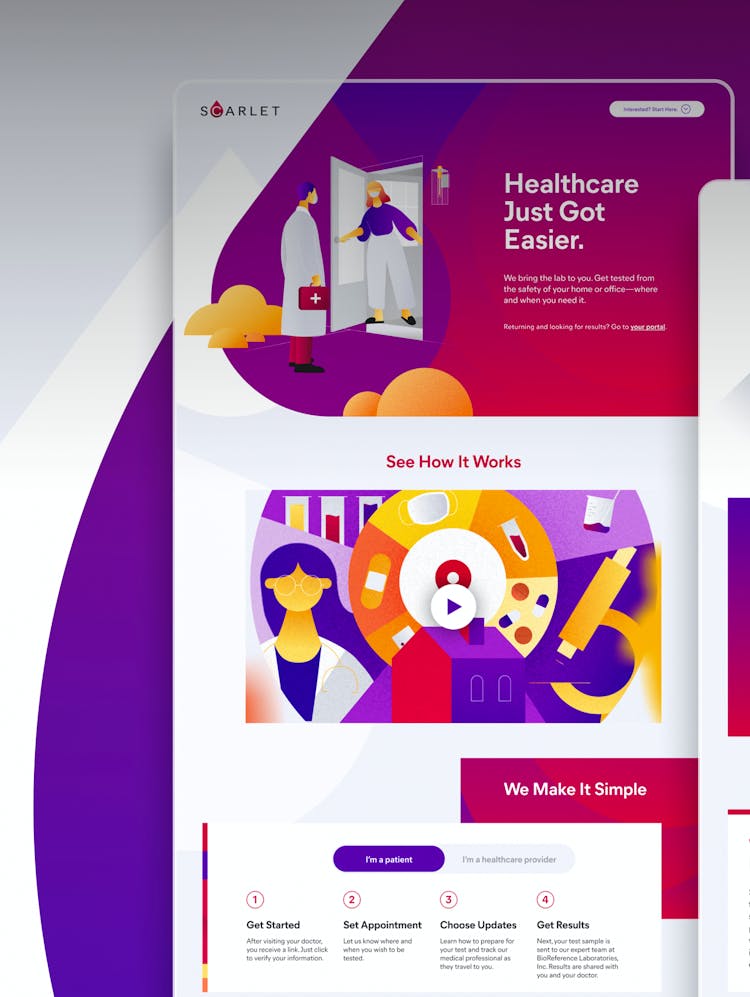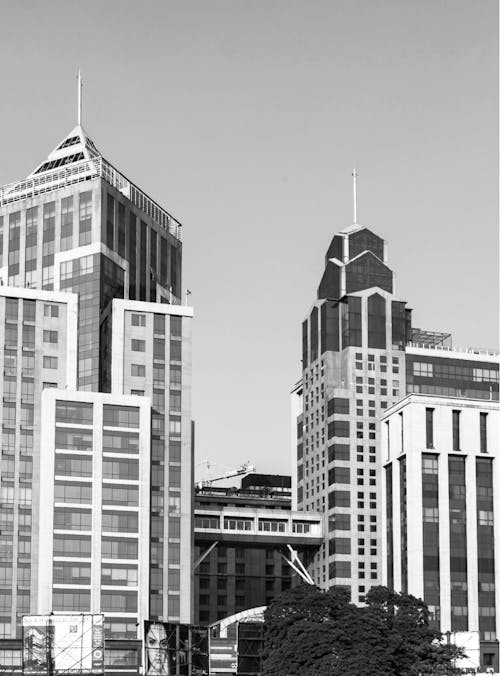
Finite News Optimized for the Video Generation
Despite being the world’s oldest national broadcasting organization, BBC has remained at the top of the news industry food chain, swiftly adapting to emerging technologies. In late 2015, BBC came to Code and Theory in need of an update to their traditional native app offering.
In an extremely collaborative environment, Code and Theory’s London and New York offices and BBC News teams worked to define, test, and design the new finite video news experience. Through the entire project process, our teams were tightly integrated to understand the BBC’s needs, identify workflow constraints and requirements, and to harmonize our designs into new and developing storytelling formats. Working closely with the BBC engineering teams, there was a smooth transition from design into development, shaping and optimizing our final deliverables to meet their needs and process.

The News app was limited in its mobile video experiences, offering only basic features that fell behind BBC’s usual innovative products. With the rise of digital video as a main source of information in the news industry and the need to target a younger demographic, it became clear that BBC needed to make changes.
An additional challenge was to integrate a dramatically different and unique experience, including all new assets, into their existing native app structure.
What does the future of BBC news video consumption look like for a younger generation?
1
The Insight
Being bombarded with nonstop, endless news feeds from a multitude of sources, people desired a sense of completion– they wanted a finite amount of information that was easily digestible and reduced the paradox of choice. To bring the users what they wanted, our team worked closely with the BBC editorial and design teams to create a tightly curated package—ten stories specially crafted for what the user would find most relevant to them.
In order to innovate in news journalism, a platform was needed that allowed editors to experiment with and evolve new storytelling formats.
2
The Solution

VISUAL DESIGN MADE FOR EMOTIONAL STORYTELLING
In order to drive habitual use, the team worked to create a new finite visual news experience, driven by a visual format that was curated and optimized for mobile use. The project focused on visual media design, packaging editorial news, user paths, and interaction and motion design. Flexibility in design enabled BBC editors to explore different storytelling formats: standard video, audio and photo galleries, and breaking news that contained no videos– all in a single user path, providing emotional depth as the user progressed through the content.

MINIMIZING NAVIGATION TO FOCUS ON CONTENT
Since the app was designed for a younger demographic that already understood the gestures of mobile app usage, it eliminated the need for an extraneous navigation system. Rather than having navigation that would take away focus on the content, gestural design enabled users to easily swipe left and right or pull up and down to switch between content smoothly. A secondary navigation system could be accessed on the app when needed.

FRICTIONLESS CONSUMPTION FOR SEAMLESS EXPLORATION
The newly designed app found elegant solutions to progressing the user gracefully along their planned path by focusing on motion design. App features were made to create clear transitions between stories in order to maintain uninterrupted flow of content. To appeal to both a younger demographic and traditional users, the experience moved towards frictionless video motion while keeping the controls and visual aesthetic of classic BBC.
Users were allowed to explore deeper into certain content– perhaps a specific story that they wanted to learn more about, without losing their place in the larger journey. If a user was interested in learning more, they could easily swipe up to find related content within the core app and seamlessly return to the original Newstream path by pulling down when finished.













